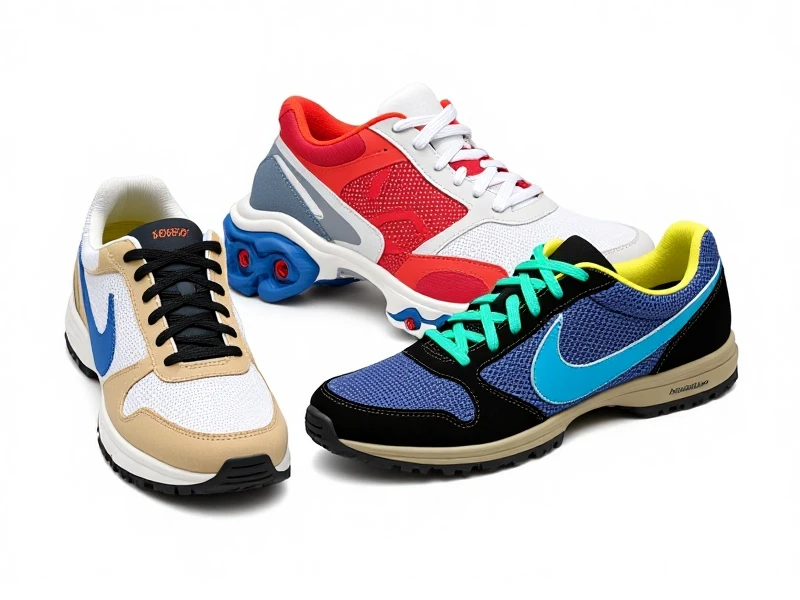
The Ultimate Guide to Training Shoes: Boost Your Performance
Finding the perfect pair of training shoes is essential for anyone serious about their fitness journey, whether you're hitting the gym, attending HIIT classes, or lifting weights. Unlike specialized running shoes or basketball sneakers, training shoes are built for multi-directional movement, stability, and versatility across various exercises. Understanding their benefits helps you train smarter and safer.
The core strength of quality training shoes lies in their balanced support. A well-designed pair offers stability during lateral motions, crucial for lunges, side shuffles, or agility drills. They typically feature a wider base and a firmer, flatter outsole compared to running shoes. This enhanced ground contact prevents ankle rolls and provides a solid foundation for heavy lifts like squats and deadlifts, allowing force to transfer effectively from your feet to the floor.
Enhanced cushioning is another key factor, but it's strategically placed. While ample underfoot comfort protects joints during jumps or plyometrics, training shoes avoid the excessive, soft cushioning of running shoes that can compromise stability on lifts. Look for responsive midsoles like EVA foam or proprietary technologies that absorb shock without feeling wobbly. A secure heel counter locks your foot in place, preventing slippage during dynamic movements.
Durability is paramount. Gym floors, weight room surfaces, and outdoor boot camps demand tough materials. Look for reinforced uppers, breathable mesh panels for comfort, and high-abrasion rubber outsoles with multi-directional traction patterns. This ensures grip on varied surfaces – whether it's synthetic turf, rubber flooring, or even pavement during functional training circuits.
Choosing the right training shoes depends on your primary workouts:
- Strength Training Focus: Prioritize a firm, stable base, lower stack height, and minimal compression under heavy loads. A secure, non-compressive upper is vital.
- HIIT & Agility Focus: Seek responsive cushioning for impact protection during jumps and sprints, along with excellent lateral support and lightweight construction for quick footwork.
- Cross-Training: Opt for a versatile all-rounder offering a balance of stability, cushioning, and durability suitable for mixed routines.
Expert Tip: Always ensure a snug, secure fit without pinching. Your toes need room to splay slightly under load, but heel slippage must be minimal. Consider trying shoes on in the afternoon when feet are slightly swollen, wearing your typical workout socks. Replacing your training shoes every 6-12 months, or when cushioning diminishes noticeably, is key to maintaining support and preventing injury. Invest in the right pair of training shoes – it’s an investment in your performance and long-term fitness goals.